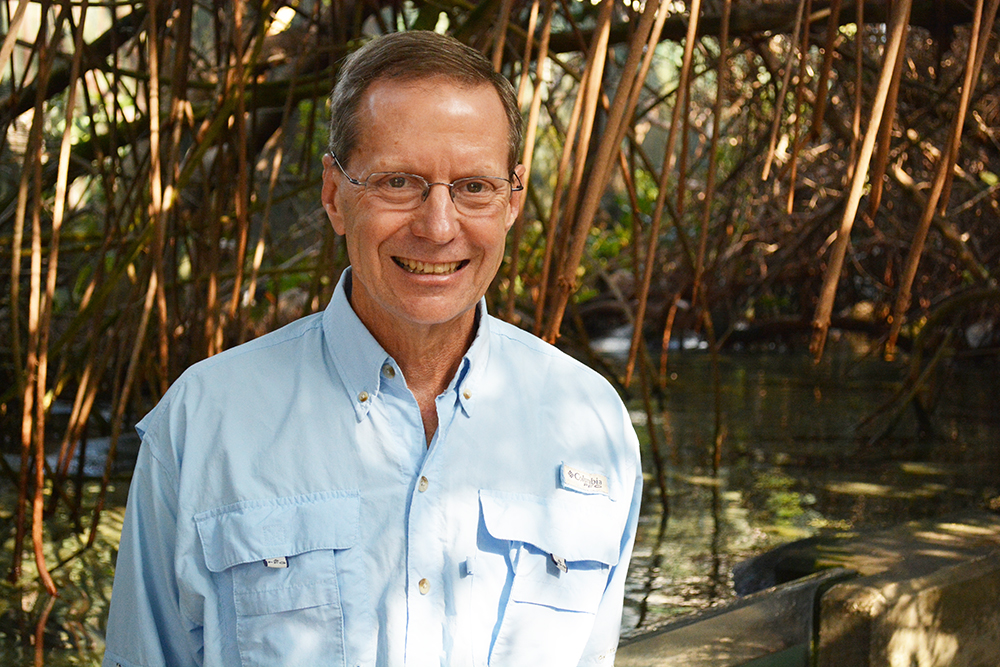Blog
The Road to Reopening
July 1, 2020
The Florida Aquarium
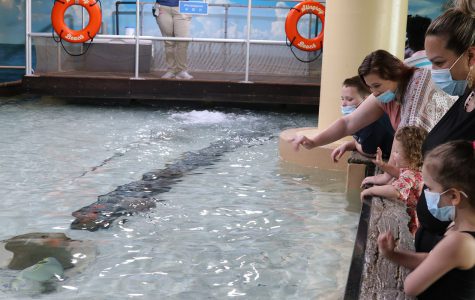 In May, The Florida Aquarium became the first major attraction in the state, the first aquarium in the nation and the first cultural center in the Tampa Bay region to reopen after the coronavirus pandemic forced the closings of public facilities.
In May, The Florida Aquarium became the first major attraction in the state, the first aquarium in the nation and the first cultural center in the Tampa Bay region to reopen after the coronavirus pandemic forced the closings of public facilities.
The reopening has been remarkably successful, with customer surveys showing approval ratings at more than 90 percent.
Aquarium President and CEO Roger Germann said attractions throughout the country are calling to learn how his team pulled off the quick turnaround. Germann is happy to share, but the callers may be surprised by what they hear.
This was not a result of a furious scramble to get back into business.
Everything was methodically planned, with customer and employee safety rigorously addressed and every operation repeatedly scrutinized. Moreover, a key factor in The Aquarium’s achievement was retaining its work force and not resorting to mass layoffs.
Other enterprises might profit from attending its example.
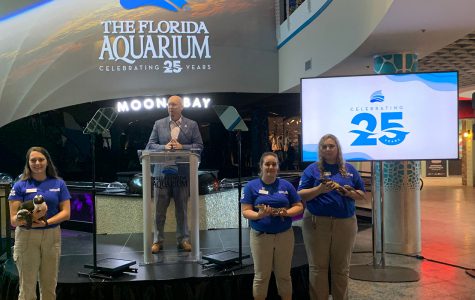 The Aquarium had been enjoying record crowds and was celebrating its 25th anniversary when the pandemic abruptly spread through the nation and shut things down.
The Aquarium had been enjoying record crowds and was celebrating its 25th anniversary when the pandemic abruptly spread through the nation and shut things down.
The Aquarium team recognized the seriousness of the threat and resolved to concentrate on the new reality, not what might have been.
“We didn’t worry about the revenue loss during the shutdown,” Germann said. “As far as we’re concerned, that’s like Monopoly money. It’s gone. Our focus turned to making sure we continued to provide the best animal care possible and how we could smartly and wisely reopen.”
He credits The Florida Aquarium Board of Directors’ leadership.
“They gave us guiding principles and let the staff figure out to implement them.”
Those principles included maintaining excellent animal care, ensuring financial health and “having minimal impact on our workforce.”
The Aquarium decided to keep almost all its employees on the job. That decision was made, Germann stressed, before it was known federal support would be available.
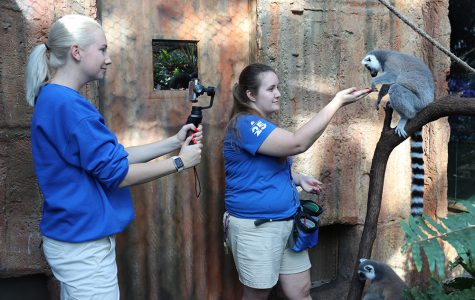 There was serious belt-tightening. A handful of jobs were eliminated. Senior staff took a pay cut and other workers’ salaries were frozen. Unfilled positions were left open, and some capital projects were delayed; but The Aquarium avoided traumatic layoffs.
There was serious belt-tightening. A handful of jobs were eliminated. Senior staff took a pay cut and other workers’ salaries were frozen. Unfilled positions were left open, and some capital projects were delayed; but The Aquarium avoided traumatic layoffs.
That proved beneficial. The Aquarium had the resources to plan, adopt and execute.
“We divided our staff into two teams. One team focused on animal care, facilities, rehabilitation [of injured wild animals brought The Aquarium for treatment], research and doing virtual education online.
“The other team was charged with figuring out how to reopen. They went over every detail. … So, within seven weeks we had to ability to reopen. … Lots of facilities let a lot of people go, and then they couldn’t ramp up.”
The emphasis on getting back into business “wasn’t driven by dollars,” Germann said. Because of robust attendance and generous donations, The Aquarium had a buffer. But Germann said his team felt an obligation to open as soon as possible to provide a safe refuge for the public.
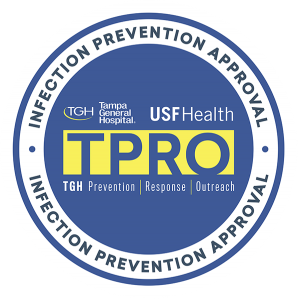 “Nobody had seen a pandemic before. It’s very stressful. We felt we could contribute to the mental health of the community. Connecting with animals can bring comfort and relief to people who are anxious and on edge.”
“Nobody had seen a pandemic before. It’s very stressful. We felt we could contribute to the mental health of the community. Connecting with animals can bring comfort and relief to people who are anxious and on edge.”
The Aquarium made a similar effort to furnish the public a sanctuary after Hurricane Irma, which caused widespread damage and power outages in 2017. The Aquarium then was able to open in a little more 24 hours, charging minimal prices, giving away liquids and providing charging stations for customers’ phones.
But the pandemic presented an even greater challenge. The Aquarium could not simply open the doors and welcome visitors.
Germann sought guidance from infectious disease experts at Tampa General Hospital and the University of South Florida, who visited the facility multiple times and reviewed its reopening plans.
As a result, The Aquarium adopted new safety protocols, such as requiring customers to make reservations for specific time slots and paying online to minimize person-to-person contact. Groups larger than eight are not allowed. Inside, visitors follow a one-way path through The Aquarium.
This, Germann pointed out, is something of a return to The Aquarium’s early days, when it focused on telling the Florida water story, from spring to open ocean. The exhibits still tell that story, but much has been added in 25 years. Prior to the closure, people tended to wander to different sections. Now, for the time being, they’ll again follow the water story from fresh water swamps to offshore reefs.
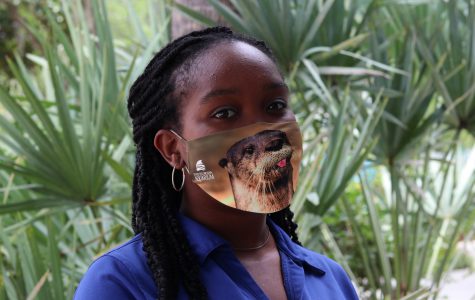 The Aquarium had a something of a head start in dealing with the disease prevention because it maintains strict cleanliness benchmarks to protect people and the animals.
The Aquarium had a something of a head start in dealing with the disease prevention because it maintains strict cleanliness benchmarks to protect people and the animals.
“Because people are always touching things, we are constantly cleaning everything anyway,” he said. Masks now are required and Germann said that probably “80 percent of customers bring their own.”
“The virus, unfortunately, has divided our country, but we stayed out of all that and just worried about safety. Everyone has been very cooperative. I think they understand that we are a science-based, not ideological, facility and they trust us to do what’s right.”The Aquarium was very conservative about the reopening. “We could have used up to 25 percent capacity when we reopened, but we went with 12.5 percent to see how things would go. We are slowly increasing. I liken it to a dimmer switch that you can gradually brighten.”
In addition to suggesting numerous safeguards, the infectious disease experts also offered reassurances.
“We had the [moon jellyfish and stingray] touch tanks closed when we first opened, but the experts told us the virus is not transmitted in salt water. It is also not transmitted on wood [a wooden barrier surrounds the tanks].”
The tanks were reopened so visitors again could gently touch the captivating sea creatures.
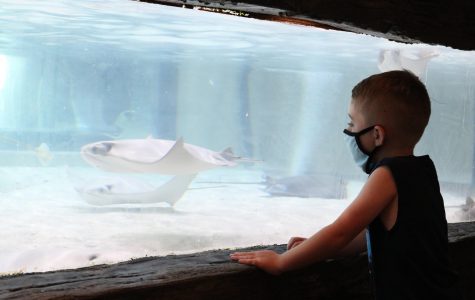 The medical advisers also told The Aquarium staff “it’s not a big concern if there are places where people might be briefly end up close together. We learned we didn’t have to be neurotic, but we must be diligent.”
The medical advisers also told The Aquarium staff “it’s not a big concern if there are places where people might be briefly end up close together. We learned we didn’t have to be neurotic, but we must be diligent.”
Germann said the staff has now partially opened its outdoor Splash Pad, where the chlorine water should guard against the disease.
But every step is being pursued deliberately. The Aquarium store is open but with limited capacity. Food is being sold but with a “grab and go model.”
Every day The Aquarium management team meets to discuss possible improvements. “The process is like those old-style radios where you had to barely move the dial to get out the static. We always want to fine tune things to deliver better engagement with our customers.”
Some pandemic-caused changes may be considered for permanent adoption. For instance, online purchase accounted for about 35 percent of ticket sales prior to the closure, but now represents virtually all sales. This makes things easier and faster for visitors once they arrive. Germann noted the reservation requirement also offers a way to ensure staffing and supplies are properly marshaled. Any permanent changes, however, will involve discussions with customers.
Germann said doesn’t expect a return to normal this year, but said when “planning we need to look at the next 24 years, not 24 hours.”
But Germann is proud that The Aquarium, throughout the crisis, never lost sight of its mission to protect and preserve the Blue Planet while educating and entertaining the public.
“We still are caring for animals, educating people, conducting important research and rehabilitating injured creatures. We are connecting humans to nature and animals, allowing that emotional connection that is so important.”
More
to Sea
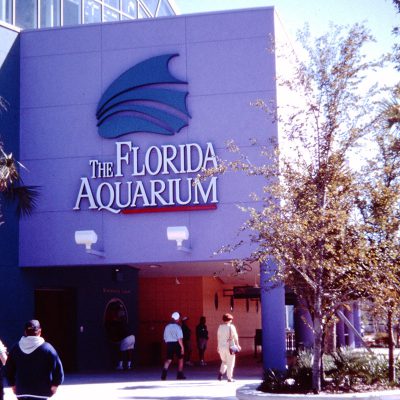
25th Anniversary: Sandy Freedman...
Former Tampa Mayor Sandy Freedman said some daring was required to find a home for The Florida Aquarium. She recalled: “It had originally been planned for Clearwater and then it proposed all over th...
Read More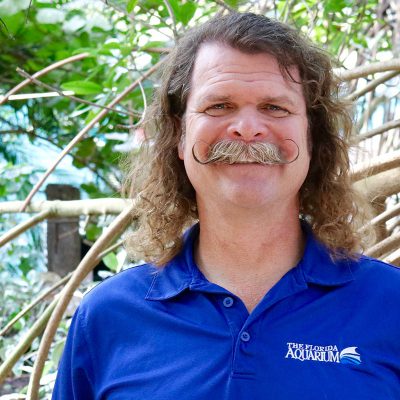
25th Anniversary: Eric Hovland’s Journe...
As a young biologist with a lifelong passion for wildlife, Eric Hovland was thrilled to be hired in November 1994 at The Florida Aquarium, which was still under construction. “I had heard about this...
Read More
